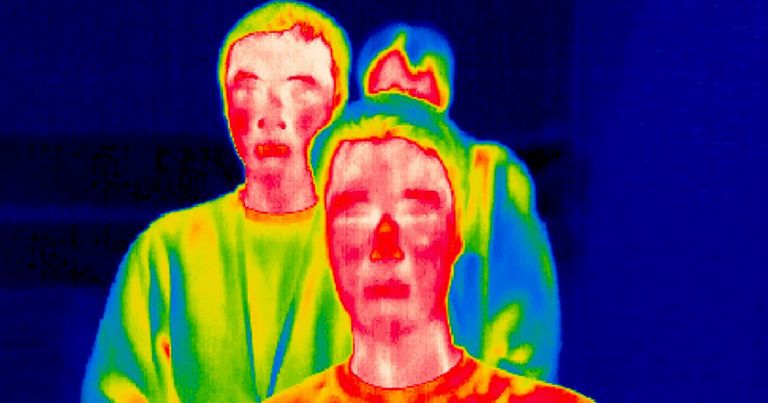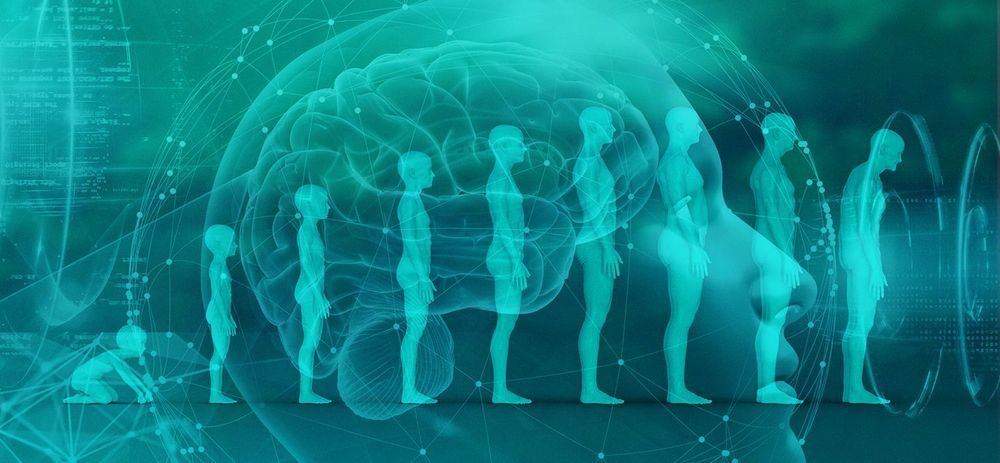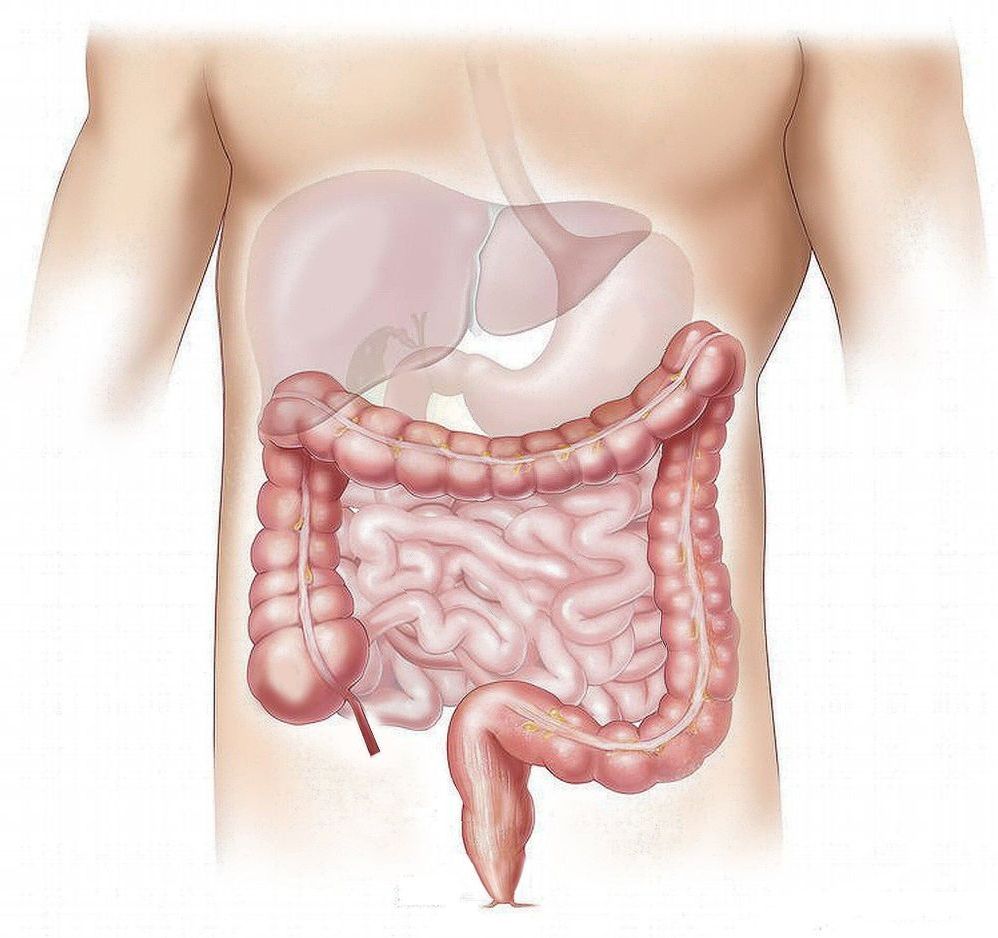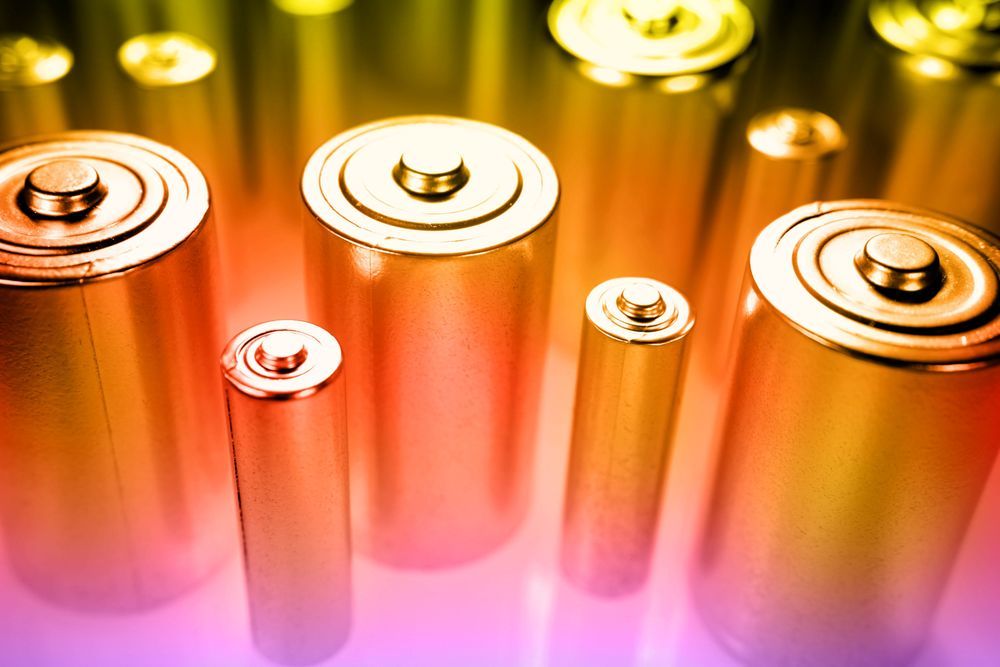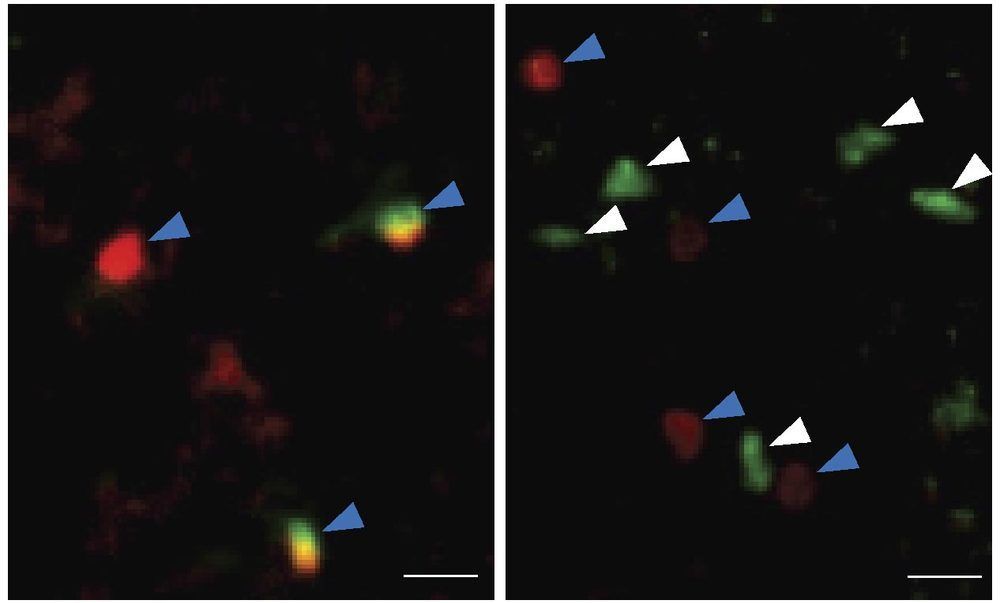Page 7210
Feb 5, 2020
Wild ideas in science: Death is reversible
Posted by Paul Battista in categories: neuroscience, science
Earlier this year, scientists brought dead pig brains back to life, provoking huge ethical quandaries in the process.
Feb 5, 2020
Religion and the Posthuman Discourse
Posted by Steve Nichols in categories: cyborgs, nanotechnology, transhumanism
The proliferation of transhumanist thought beyond science fiction and into the public space seems, at first, a minor ideological and physical threat. Numerous concerns about the implications of transhumanism have been raised, but few regarding religious implications. Cultural anthropologist Chris Toumey notes in his article in Nature Nanotechnology the small body of literature grounded explicitly in Christian values, remarking “I would like to see religious thought on nanotechnology develop well beyond a reaction to the more sensationalist parts of the transhumanist vision.” [1] Though the quote specifies nanotechnology, it applies more broadly to non-secular works on the problem(s) with transhumanism. To find literature from Muslims, then, containing an approach to transhumanism guided by Islamic principles is a laborious endeavor. This is not to fault Muslims, but to draw observant, critical eyes to the transhumanist movement.
The existing literature must be studied in order to understand the scope of possible reconciliation/conflict as Muslims formulate their own methods of evaluation. In her book, Cyborg Selves: A Theological Anthropology of the Posthuman, Jeanine Thweatt-Bates, Assistant Professor of Theology at New Brunswick Theological Seminary, outlines her approach: one that is, at once, an overview of two approaches to the ‘posthuman,’ and an analysis of possible reconciliatory discourse with a Christian theological locus. To be clear, it’s not a book on the Christian perspective of the posthuman, but a Christian’s perspective.
The Cyborg
A “beating heart” of frozen nitrogen controls Pluto’s winds and may give rise to features on its surface, according to a new study.
Líthica — Pedreres de s’Hostal quarries in Menorca. The sandstone of varying hues has been used as a construction material on the island ever since the Stone Age.
Feb 5, 2020
The Quest for “Immorbidity”: What If You Could Live a Long Life—Disease-Free?
Posted by Steve Hill in category: biotech/medical
Brilliant, outside-the-box ideas to help people live without illness as they live longer. That’s what Johnson & Johnson and the National Academy of Medicine are looking for through a unique collaboration—and they’re putting up millions of dollars in prize money to find them.
Feb 5, 2020
Studies suggest new path for reversing type-2 diabetes and liver fibrosis
Posted by Paul Battista in category: biotech/medical
In a pair of related studies, a team of Yale researchers has found a way to reverse type-2 diabetes and liver fibrosis in mice, and has shown that the underlying processes are conserved in humans.
The studies appear in the Feb. 4 edition of Cell Reports and in the Jan. 17 edition of Nature Communications.
In the earlier study, researchers found an important connection between how the body responds to fasting and type-2 diabetes. Fasting “switches on” a process in the body in which two particular proteins, TET3 and HNF4α increase in the liver, driving up production of blood glucose. In type-2 diabetes, this “switch” fails to turn off when fasting ends, as it would in a non-diabetic person.
Feb 5, 2020
MIT’s solid-state battery breakthrough may see phones last for days
Posted by Omuterema Akhahenda in categories: chemistry, mobile phones
One of the many ways scientists hope to improve the performance of today’s lithium batteries is by swapping out some of the liquid components for solid ones. Known as solid-state batteries, these experimental devices could greatly extend the life of electric vehicles and mobile devices by significantly upping the energy density packed inside. Scientists at MIT are now reporting an exciting advance toward this future, demonstrating a new type of solid-state battery architecture that overcomes some limitations of current designs.
In a regular lithium battery, a liquid electrolyte serves as the medium through which the lithium ions travel back and forth between the anode and cathode as the battery is charged and discharged. One problem is that this liquid is highly volatile and can sometimes result in battery fires, like those that plagued Samsung’s Galaxy Note 7 smartphone.
Replacing this liquid electrolyte for a solid material wouldn’t just make batteries safer and less prone to fires, it could also open up new possibilities for other key components of the battery. The anode in today’s lithium batteries is made from a mix of copper and graphite, but if it were made of pure lithium instead, it could break the “energy-density bottleneck of current Li-ion chemistry,” according to a recent study published in Trends in Chemistry.
Feb 5, 2020
Revitalizing the Aging Brain by Activating Immune Cells
Posted by Paul Battista in categories: biotech/medical, life extension, neuroscience
Researchers at Albany Medical College in New York have discovered that a specific type of immune cell accumulates in older brains, and that activating these cells improves the memory of aged mice. The study, which will be published on February 5, 2020, in the Journal of Experimental Medicine (JEM), suggests that targeting these cells might reduce age-related cognitive decline and combat aging-associated neurodegenerative disease in humans.
The brain is highly susceptible to aging, with cognitive functions, such as learning and memory, gradually declining as we get older. Much of the body’s immune system also deteriorates with age, resulting in increased susceptibility to infection and higher levels of inflammation. In their new JEM study, however, a team of researchers led by Qi Yang and Kristen L. Zuloaga at Albany Medical College reveal that aging-related changes in a class of immune cell known as group 2 innate lymphoid cells (ILC2s) could allow doctors to combat the effects of aging on the brain.
ILC2s reside in specific tissues of the body and help to repair them when they are damaged. Recently, for example, ILC2s in the spinal cord were shown to promote healing after spinal cord injury. “However, whether ILC2s also reside in other parts of the central nervous system, and how they respond to aging, was unknown,” Yang says.
Feb 5, 2020
German drone delivery trial paves the way to replacing trucks for inter-office deliveries
Posted by Genevieve Klien in category: drones
Drone startup Wingcopter, working with partners Merck and the Frankfurt University of Applied Science, has completed a first flight of a new drone delivery trial designed to show the benefits of using drones instead of trucks or other road-faring vehicles for moving small cargo between two physically separate office facilities. This first flight covered around 25 km (roughly 15.5 miles), taking a sample of pigments from one Merck lab in Gernsheim to its headquarters in Darmstadt in Germany.
This trial is significant in more ways than one: The area it covered spanned a fairly dense metropolitan area, flying over power lines, trains, roadways and more. It also did all of this without continuous line-of-sight, something that’s been required of most drone delivery trials in a commercial setting to date. The partners involved are hoping this means it can stand as a blueprint to other similar pilot projects and trials being run all over the world.
Next up, the project will continue to fly additional deliveries and then summarize their findings in a report to be delivered in March. Already, using drones instead of trucks seems to provide advantages in terms of time (saving between an hour and even a full day in some cases) and emissions, and it can cut down on the amount of empty return trips made by large, heavy gas-guzzling vehicles, as well.
